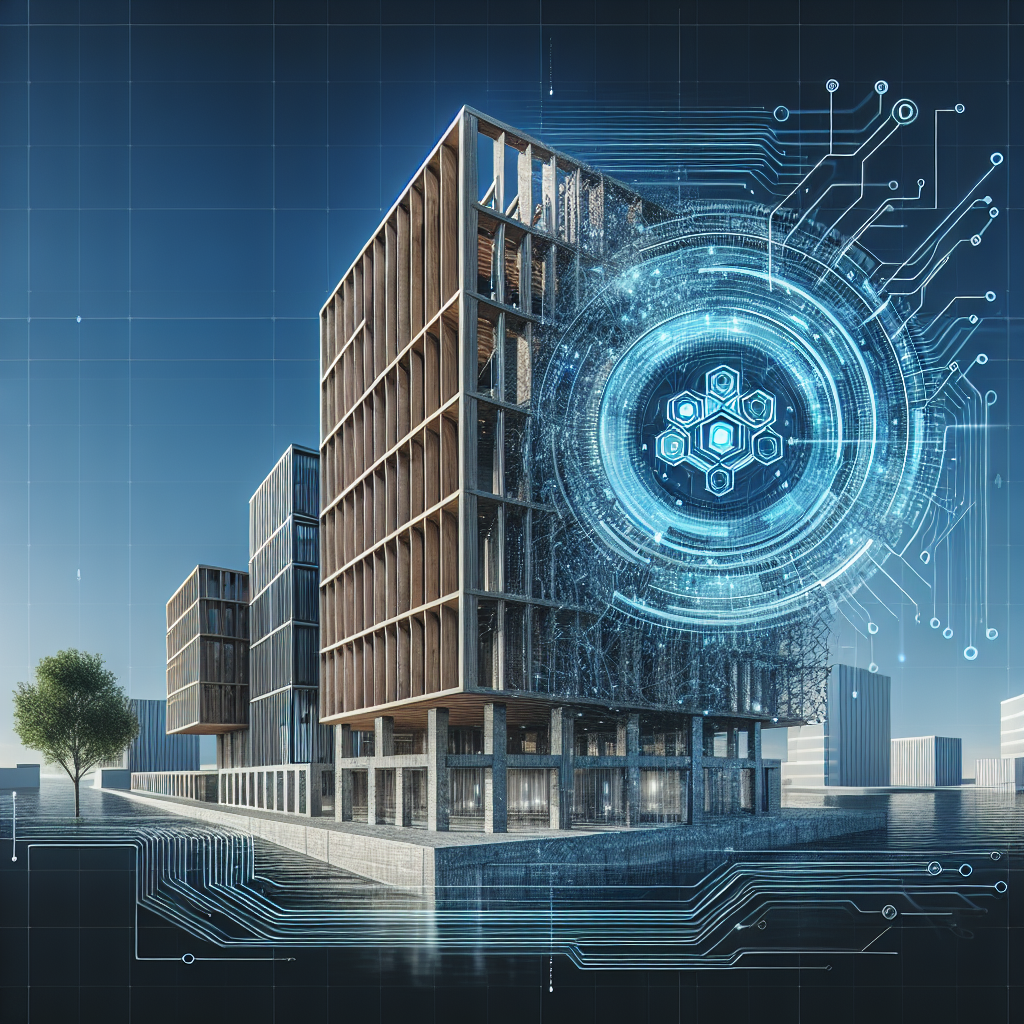AI in Architecture: Enhancing Building Resilience
In recent years, the integration of artificial intelligence (AI) technology in various industries has brought about significant advancements and improvements. One such industry that has embraced AI is architecture, where this technology is being used to enhance building resilience. Building resilience refers to the ability of a structure to withstand and recover from various challenges and disasters, such as natural disasters, climate change, and other external threats.
AI technology in architecture is being utilized in various ways to improve building resilience, from design and planning to construction and maintenance. By harnessing the power of AI, architects and engineers are able to create buildings that are not only aesthetically pleasing but also more durable, sustainable, and adaptable to changing environments and conditions.
Design and Planning
One of the key ways AI is enhancing building resilience in architecture is through design and planning. AI algorithms can analyze vast amounts of data to help architects and engineers make informed decisions about the design and construction of buildings. For example, AI can analyze climate data, building materials, and construction techniques to optimize a building’s energy efficiency and sustainability.
AI can also help architects and engineers identify potential risks and vulnerabilities in a building’s design, such as weak points in the structure or areas prone to flooding or earthquakes. By identifying these risks early on, architects can make necessary adjustments to improve the building’s resilience and safety.
Construction
AI technology is also being used in construction to improve building resilience. Construction projects often face challenges such as delays, cost overruns, and quality issues, which can impact a building’s resilience. AI algorithms can help project managers optimize construction schedules, monitor progress, and identify potential issues before they become major problems.
AI-powered drones and robots are also being used in construction to perform tasks that are dangerous or difficult for humans, such as inspecting structures for defects or monitoring construction sites for safety hazards. These technologies can help improve the quality and safety of construction projects, ultimately enhancing the resilience of the building.
Maintenance
After a building is completed, AI technology can continue to enhance its resilience through predictive maintenance. AI algorithms can analyze data from sensors embedded in the building to predict when maintenance is needed, such as replacing worn-out parts or repairing structural damage. By detecting issues early on, AI can help prevent costly repairs and extend the lifespan of the building.
AI can also be used to monitor and optimize a building’s energy usage, HVAC systems, and other critical components to improve efficiency and reduce energy costs. By making buildings more sustainable and energy-efficient, AI technology can help enhance their resilience to environmental challenges and reduce their impact on the environment.
FAQs
Q: How is AI technology used in architecture?
A: AI technology is used in architecture to enhance building resilience through design and planning, construction, and maintenance. AI algorithms can analyze data to optimize building designs for energy efficiency and sustainability, identify potential risks and vulnerabilities, improve construction processes, and predict maintenance needs.
Q: What are the benefits of using AI in architecture?
A: The benefits of using AI in architecture include improved building resilience, enhanced sustainability and energy efficiency, reduced construction costs and timelines, increased safety, and improved maintenance practices. AI technology can help architects and engineers make informed decisions and optimize building designs and construction processes.
Q: What challenges does AI technology face in architecture?
A: Some challenges that AI technology faces in architecture include data privacy and security concerns, the need for specialized skills and training to use AI tools effectively, and the potential for bias in AI algorithms. Architects and engineers must be mindful of these challenges and work to address them as AI technology continues to evolve in the field of architecture.
In conclusion, AI technology is revolutionizing the field of architecture by enhancing building resilience through design and planning, construction, and maintenance. By utilizing AI algorithms and tools, architects and engineers can create buildings that are not only aesthetically pleasing but also more durable, sustainable, and adaptable to changing environments and conditions. As AI technology continues to evolve, the possibilities for enhancing building resilience in architecture are endless, paving the way for a more resilient and sustainable built environment.

